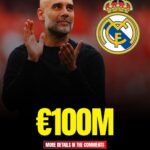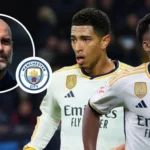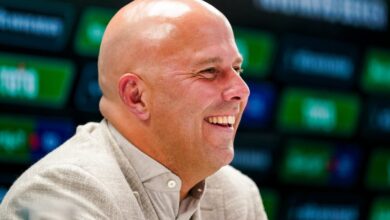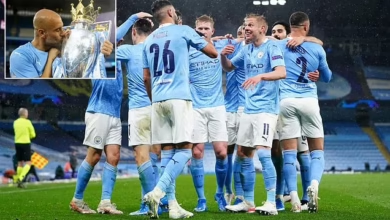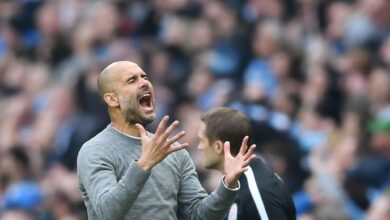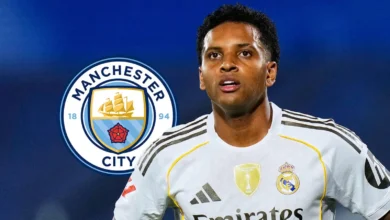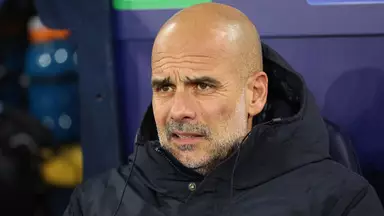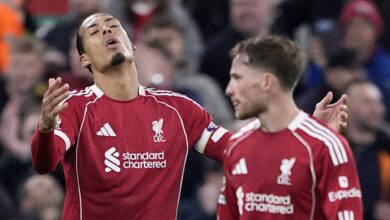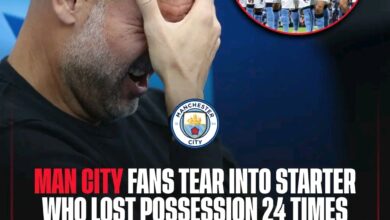The Rodrygo Saga: How Liverpool Lost Out on a Brazilian Gem and Why They Might Get a Second Chance
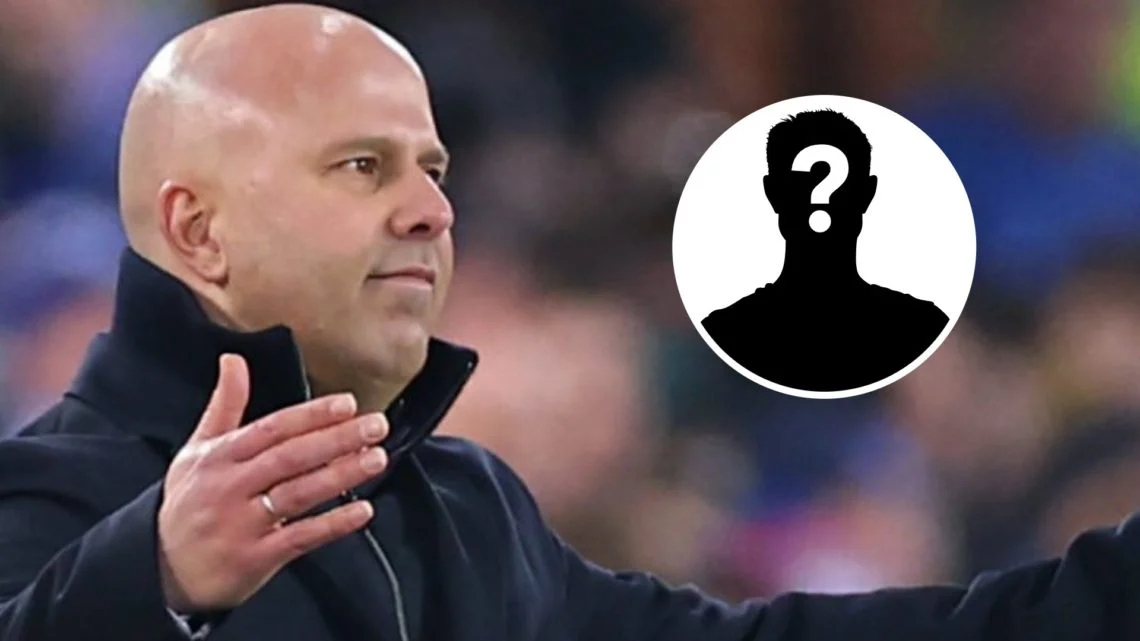
The world of football transfers is littered with stories of what might have been, deals that slipped through the cracks, and decisions that changed the trajectory of careers and clubs alike. Few stories exemplify this better than Liverpool’s pursuit of Rodrygo Goes, the Brazilian winger who was once tantalizingly close to joining the Reds before ultimately finding his way to Real Madrid’s Santiago Bernabéu. What makes this tale particularly intriguing is how a single intervention by a former Manchester City player reshaped the entire narrative, and how recent developments suggest this story may yet have another chapter to write
The story begins in the bustling youth academies of Brazil, where talent scouts from Europe’s elite clubs spend countless hours searching for the next generation of superstars. Rodrygo Goes, born in Osasco, São Paulo, was precisely the type of player who caught their attention. Even as a teenager, his combination of pace, technical ability, and natural flair marked him out as someone destined for greatness. Liverpool, under the astute guidance of their scouting network, had identified the young Brazilian as a priority target, recognizing his potential to become a cornerstone of their attacking philosophy.
The Reds’ interest in Rodrygo wasn’t merely speculative; it represented a calculated investment in their future. Liverpool’s recruitment strategy under Jürgen Klopp had evolved to focus on identifying young talents who could be developed within their system while potentially providing immediate impact. Rodrygo fit this profile perfectly. His ability to play across the front line, coupled with his South American technical foundation and work ethic, made him an ideal candidate for Klopp’s high-intensity, pressing-based approach to footbal
Liverpool’s scouting reports on Rodrygo were glowing. The youngster had demonstrated remarkable consistency in Santos’ youth system and was beginning to make waves in senior football. His performances in Brazil’s youth international setup further reinforced the belief that he possessed the mental fortitude and skill set necessary to succeed at the highest level of European football. The club’s analytics department had run extensive projections on his potential development, and all indicators pointed toward a player who could significantly appreciate in value while contributing meaningfully to the first team.
Understanding the Rodrygo situation requires appreciating the unique dynamics of Brazilian football and Santos’ particular circumstances. Santos, despite their storied history and reputation as one of Brazil’s most prestigious clubs, operate within the financial constraints typical of South American football. The club’s business model heavily relies on developing young talents and selling them to European clubs at the right moment to maximize financial returns.
This approach had served Santos well historically, producing legends like Pelé, Neymar, and countless others who went on to achieve global stardom. However, the timing of player sales represents a delicate balancing act. Sell too early, and the club misses out on significant revenue as the player’s value appreciates in Europe. Sell too late, and risk factors such as injury, poor form, or market changes could dramatically impact the transfer fee.
In Rodrygo’s case, Santos found themselves at this crucial crossroads. The young winger was clearly ready for European football, but questions remained about whether immediate sale or patient development would yield better financial returns. The Brazilian club’s leadership was torn between securing immediate financial stability and gambling on future appreciation. This internal debate would prove pivotal in determining Rodrygo’s ultimate destination.
The financial pressures facing Santos cannot be understated. Brazilian clubs, despite their rich footballing heritage, often struggle with infrastructure costs, salary obligations, and the general economic volatility that affects South American football. European transfer fees represent vital lifelines that can stabilize club finances for years. However, the decision-making process around these transfers often involves multiple stakeholders, including agents, former players with influence, and board members with varying perspectives on market timing
Enter Elano Blumer, the former Manchester City midfielder whose career had taken him across continents and provided him with invaluable insights into European football markets. Elano’s connection to Santos ran deep; he was a product of their youth system and maintained strong relationships within the club hierarchy. His opinion carried significant weight, not just because of his playing credentials, but because of his understanding of how Brazilian talents typically develop when they move to Europe.
Elano’s intervention proved to be the decisive factor in Liverpool’s failed pursuit of Rodrygo. Drawing on his experience in the Premier League and his observations of how young South American players adapt to European football, Elano counseled patience. His argument was compelling: Rodrygo, despite his obvious talent, would benefit from another year of development in familiar surroundings. More importantly from Santos’ perspective, this additional seasoning would likely result in a significantly higher transfer fee.
The former City star’s reasoning was multifaceted. First, he recognized that Rodrygo’s technical abilities, while impressive, could be further refined through continued exposure to senior football in Brazil. The Campeonato Brasileiro, despite its different style from European leagues, provides young players with valuable experience in high-pressure situations. Second, Elano understood market dynamics better than most. He had witnessed firsthand how clubs like Real Madrid and Barcelona operated in the transfer market, and he knew they would inevitably come calling for a player of Rodrygo’s potential.
Elano’s influence extended beyond mere financial calculations. He genuinely believed that rushing Rodrygo’s European move could potentially harm the player’s long-term development. The adaptation period for South American players in Europe can be challenging, encompassing everything from climate and language barriers to vastly different tactical approaches. An extra year in Brazil, Elano argued, would better prepare Rodrygo for these challenges while simultaneously increasing his market value.
The persuasiveness of Elano’s argument lay in his credibility. Here was someone who had successfully navigated the transition from Brazilian football to the Premier League, experiencing both the challenges and opportunities that such a move presented. His success at Manchester City, where he became a fan favorite and key player, gave weight to his counsel. Santos’ decision-makers found his reasoning convincing, particularly given their own financial incentives to maximize the transfer fee.
While Liverpool nursed their disappointment, Real Madrid moved with characteristic decisiveness. Los Blancos had been monitoring Rodrygo’s progress with typical patience and precision, waiting for the optimal moment to strike. The Spanish giants’ approach to Brazilian talent acquisition is legendary, dating back decades and encompassing some of football’s greatest players. Their interest in Rodrygo represented continuation of this proud tradition.
Real Madrid’s offer to Santos was comprehensive and compelling. Beyond the substantial transfer fee, the deal included performance-related bonuses and sell-on clauses that could significantly increase the total value. More importantly for Rodrygo personally, Real Madrid presented a clear pathway to first-team football and the opportunity to compete at the highest level immediately. The allure of the Santiago Bernabéu, with its rich history and global prestige, proved irresistible.
The timing of Real Madrid’s approach was impeccable. Elano’s advice had indeed proven correct; Rodrygo’s additional year at Santos had showcased his development and increased his market value substantially. His performances in the Copa Libertadores and Campeonato Brasileiro had caught the attention of multiple European clubs, creating a competitive bidding environment that ultimately favored Santos financially.
For Rodrygo himself, the choice between Liverpool and Real Madrid represented two distinctly different career paths. Liverpool offered the opportunity to work under Jürgen Klopp, one of football’s most respected coaches, in a team known for developing young talents and playing attractive, high-intensity football. The Premier League’s competitive nature and global visibility provided compelling arguments for choosing Anfield.
However, Real Madrid’s proposition was equally attractive, if not more so. The Spanish club’s track record with Brazilian players was exemplary, and their commitment to integrating young talents into the first team was evident. The opportunity to train alongside established superstars while gradually earning playing time in one of football’s most prestigious competitions was understandably appealing to a young player with ambitions of reaching the very top of the game
The failure to secure Rodrygo’s signature represented more than just a missed transfer for Liverpool; it highlighted the complexities and uncertainties inherent in modern football recruitment. Despite having identified the target early, conducted thorough scouting, and prepared a competitive offer, external factors beyond their control ultimately determined the outcome.
Liverpool’s recruitment philosophy under Jürgen Klopp and sporting director Michael Edwards had been largely successful, identifying and acquiring talents like Mohamed Salah, Sadio Mané, and Virgil van Dijk who became integral to the club’s subsequent success. The Rodrygo situation demonstrated that even well-planned recruitment strategies can be derailed by unexpected interventions and market dynamics.
The missed opportunity was particularly frustrating given Liverpool’s track record with Brazilian players. The successful integration of players like Alisson Becker, Fabinho, and Roberto Firmino had demonstrated the club’s ability to help South American talents adapt to English football. Rodrygo would have joined an established Brazilian contingent at Anfield, potentially easing his transition and maximizing his chances of success.
From a tactical perspective, Rodrygo’s skill set would have complemented Liverpool’s playing style perfectly. His pace and dribbling ability would have provided additional width and creativity in the final third, while his work rate and pressing intensity aligned with Klopp’s tactical requirements. The young Brazilian’s versatility across the front line would have offered valuable squad depth and tactical flexibility.
The financial implications of missing out on Rodrygo extended beyond the immediate transfer fee. Young talents who develop into world-class players represent extraordinary return on investment, both in terms of their contribution on the pitch and their eventual resale value. Liverpool’s missed opportunity with Rodrygo could potentially be measured in tens of millions of pounds, considering his subsequent performances and market value appreciation.
Upon arriving at Real Madrid, Rodrygo faced the considerable challenge of establishing himself in one of football’s most demanding environments. The Spanish club’s expectations are notoriously high, and young players must quickly demonstrate their ability to contribute meaningfully to the first team’s success. Rodrygo’s initial period at the Bernabéu was marked by gradual integration and impressive flashes of brilliance.
His Champions League debut became the stuff of legend when he scored a hat-trick against Galatasaray, announcing his arrival on European football’s biggest stage in spectacular fashion. This performance demonstrated not only his technical ability but also his mental strength and capacity to perform under pressure. Such moments validated Real Madrid’s investment and suggested that Elano’s advice about patience had indeed been correct.
However, Rodrygo’s journey at Real Madrid has been characterized by periods of both prominence and relative obscurity. The club’s constant pursuit of galáctico signings and the natural competition for places in such a talented squad meant that consistent first-team opportunities were never guaranteed. His development trajectory has been somewhat irregular, with brilliant performances interspersed with longer periods on the bench or in rotational roles.
The Brazilian’s versatility became both an asset and a potential limitation at Real Madrid. While his ability to play across the front line provided tactical flexibility for different opponents and situations, it sometimes prevented him from establishing a consistent role in the team’s preferred formation. This lack of positional clarity may have hindered his overall development and integration into the team’s tactical structure.
Despite these challenges, Rodrygo’s contributions to Real Madrid’s success cannot be understated. His goals in crucial matches, including several important Champions League performances, have helped the club maintain its position among European football’s elite. His technical ability, pace, and direct running style have provided different tactical options for coaches, even if his overall playing time has been somewhat limited.
The arrival of Kylian Mbappé at Real Madrid fundamentally altered the club’s attacking dynamics and, by extension, Rodrygo’s prospects for regular first-team football. Mbappé’s signing represented the culmination of Real Madrid’s long-standing pursuit of the French superstar and fulfilled their galáctico ambitions for the current transfer cycle.
Mbappé’s presence in the squad creates a natural hierarchy in the attacking positions that may work against Rodrygo’s interests. The French forward’s pace, finishing ability, and proven track record at the highest level make him an automatic starter when fit. This reality, combined with the continued presence of other established attacking talents, potentially relegates Rodrygo to a more peripheral role in the team’s long-term planning.
The tactical adjustments required to accommodate Mbappé may also impact Rodrygo’s opportunities. Real Madrid’s formation and attacking approach might need to be modified to maximize Mbappé’s effectiveness, potentially creating fewer spaces for players like Rodrygo who operate in similar areas of the pitch. This tactical evolution could force Rodrygo to adapt his game or accept a reduced role in the team’s setup.
From a squad management perspective, Mbappé’s arrival signals Real Madrid’s continued ambitions at the highest level of European football. While this commitment to excellence is admirable, it naturally creates challenges for players like Rodrygo who may find themselves competing for limited opportunities against world-class talents. The psychological impact of such competition can be significant, particularly for younger players still developing their confidence and consistency.
Even before Mbappé’s arrival, Jude Bellingham’s signing had begun to shift the balance of Real Madrid’s squad composition and tactical approach. The English midfielder’s immediate impact and rapid integration into the team’s core structure demonstrated how quickly circumstances can change for existing squad members.
Bellingham’s versatility and all-around excellence created new tactical possibilities for Real Madrid while potentially limiting opportunities for other players. His ability to contribute goals, assists, and defensive stability from midfield positions made him an indispensable part of the team’s preferred formation. This development may have been an early indicator of Rodrygo’s gradually diminishing importance within the squad hierarchy.
The English midfielder’s rapid rise to prominence at Real Madrid also highlighted the competitive nature of squad positions at elite clubs. Players must consistently perform at exceptional levels to maintain their status, and any decline in form or impact can quickly result in reduced opportunities. Rodrygo’s situation following Bellingham’s arrival may have foreshadowed the further challenges that Mbappé’s signing would bring.
Recent reports suggesting that Rodrygo could be available for transfer this summer represent a significant development in his career trajectory and potentially offer Liverpool a second opportunity to acquire his services. The circumstances that have led to this situation reflect the complex dynamics of squad management at elite clubs and the constant evolution of tactical priorities.
Real Madrid’s apparent willingness to consider offers for Rodrygo may stem from several factors. The need to balance their squad composition, generate funds for other transfer targets, and provide regular playing opportunities for valuable squad members could all influence their decision-making. Additionally, the club’s confidence in their existing attacking options and potential future acquisitions may make Rodrygo’s departure more palatable.
From Rodrygo’s perspective, the possibility of a transfer represents an opportunity to secure more consistent first-team football and continue his development in a different environment. At 23 years old, he remains at a crucial stage of his career where regular playing time could significantly impact his long-term trajectory. The prospect of joining a club where he could be a more central figure in the tactical setup might prove appealing.
Liverpool’s potential renewed interest in Rodrygo would represent a fascinating full-circle moment in this transfer saga. The club’s continued need for attacking depth and creativity, combined with their proven track record of developing talents, could provide an attractive proposition for the Brazilian. The opportunity to work under Jürgen Klopp and compete in the Premier League might fulfill some of the original appeal that Liverpool held during their initial pursuit.
The financial dynamics of any potential transfer would likely be significantly different from the original negotiations several years ago. Rodrygo’s proven experience at the highest level, including Champions League success with Real Madrid, would command a substantial premium. However, his current situation at the Spanish club might provide some leverage for interested parties in negotiations.
The Rodrygo saga offers valuable insights into the complexities of modern football transfers and the unpredictable nature of career trajectories. Elano’s intervention, while well-intentioned and ultimately financially beneficial for Santos, demonstrates how individual influences can dramatically alter the course of transfer negotiations and player careers.
For Liverpool, the missed opportunity with Rodrygo represents both a cautionary tale and a potential second chance. The club’s continued success and attractive playing philosophy position them well for any renewed pursuit, though the competitive nature of the modern transfer market means no deal is guaranteed until completed.
The possibility of Rodrygo’s availlbility this summer creates intriguing possibilities for multiple parties. Real Madrid could generate significant funds while streamlining their squad, Rodrygo could secure more regular playing time to continue his development, and Liverpool could finally acquire a talent they identified years ago. Whether this potential second chapter materializes remains to be seen, but it would represent a satisfying conclusion to one of football’s more interesting “what if” stories.
Ultimately, the Rodrygo situation exemplifies the fluid nature of modern football, where circumstances can change rapidly and opportunities can emerge unexpectedly. For all parties involved, the coming months may provide answers to questions that have lingered since that initial transfer saga began, potentially reshaping careers and club trajectories in the process.



